Jewish Street in Amsterdam
Tina Blau
1875–1876
Image
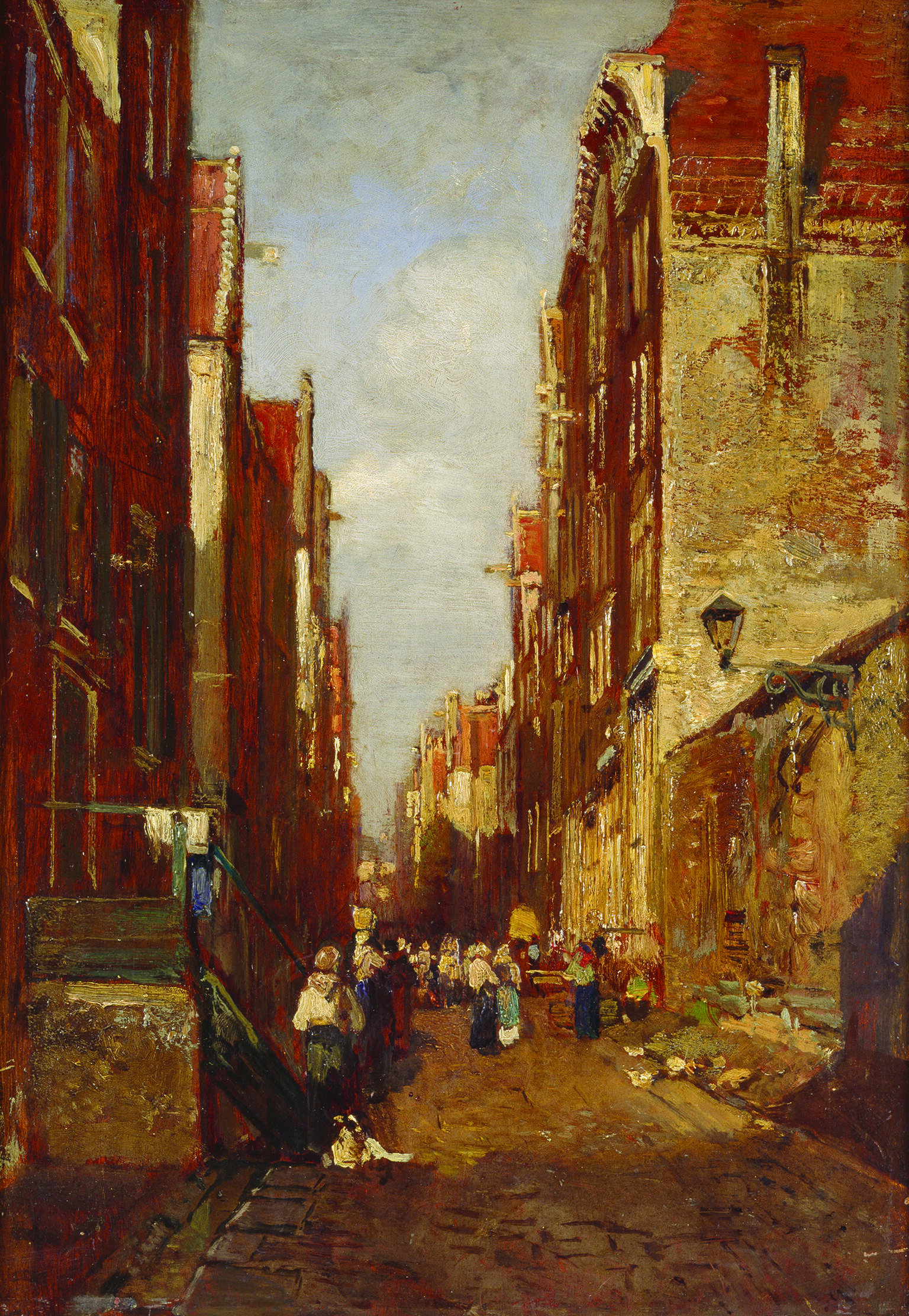
Engage with this Source

Related Guide
Painters, Sculptors, and Photographers
1750–1880
All over the world, Jewish art reflected the hybrid nature of Jewishness, including the material circumstances and cultural milieu of the larger environment. Individual artisans and artists selected and created according to their personal and Jewish experiences.
Creator Bio
Tina Blau
1845–1916
Tina Blau was the daughter of a Viennese physician who enthusiastically supported her artistic development through education and travel. Like many women artists of the period, Blau was not permitted to attend a formal art academy and therefore studied privately. After traveling in Europe and living in an artist colony in Hungary, Blau returned to Vienna, where she shared a studio with the landscape painter Emil Jakob Schindler. Although their relationship was often characterized as one of pupil and teacher, the two were in fact colleagues. Blau moved to Munich in 1883 and married the painter Heinrich Lang, following her conversion to Protestantism. In Munich, she taught still life and landscape painting at the Münchner Künstlerinnenverein, a fine arts academy exclusively for women. After her husband’s death, Blau returned to Vienna.
You may also like
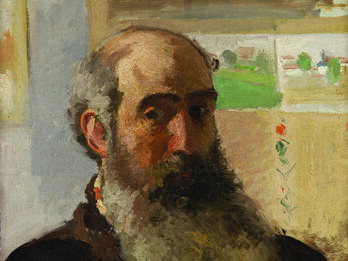
Self-Portrait
This is one of only four known self-portraits by Camille Pissarro. It was painted around the time that Pissarro and other rebellious artists broke from the traditional art establishment by forming…

The Dutch Sewing School
The Dutch Sewing School is from a period in Max Liebermann’s career when Dutch peasants were a common subject in his work. The sewing school seen here was in an orphanage in Amsterdam. While he…
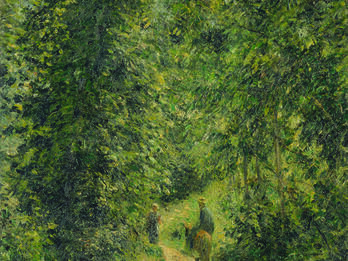
A Road in the Woods in Summer
Camille Pissarro was notable among his fellow impressionist painters in that he often put trees at the center of his compositions instead of using them primarily as a framing device. He also…
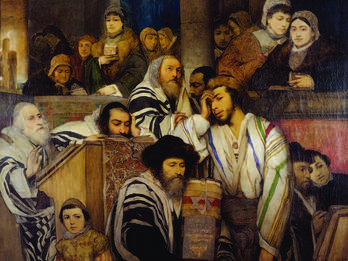
Jews Praying in the Synagogue on Yom Kippur
The women’s prayer section depicted in this painting gives a rare glimpse into the ways that women have asserted their agency and voices even in gender-segregated spaces.
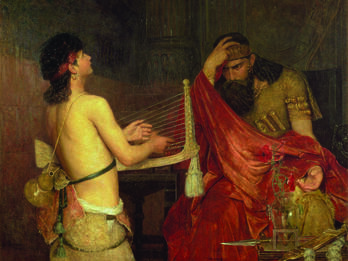
David and Saul
Ernst Josephson painted David and Saul early in his career, when he was working with mostly historical and biblical subjects. Here a young, eroticized David plays a lyre for a darkly brooding King…
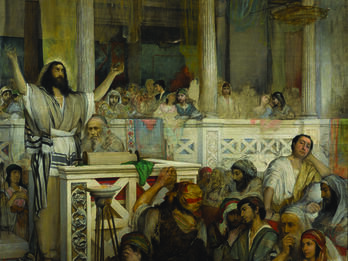
Christ Preaching at Capernaum
Maurycy Gottlieb saw his art as essential to his universalist vision, namely, as a way to improve Polish-Jewish relations. As he said, “I am a Jew and a Pole and, God willing, I want to serve both.”…

